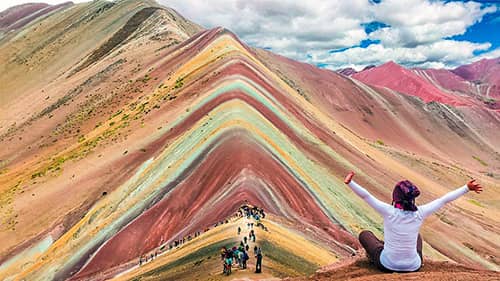Some places you should know on your visit to Cusco
Cusco is one of the most visited state in Peru by Peruvian and foreign tourists. And it is that its beauty and the fact of having been the capital of Inca Empire have turned this place into a city full of history and living memories of what that empire was.
Also, the fact that Machu Pichu one of the wonders of the modern world is located in its lands gives another compelling reason for people to know it. But you still don't? Do you plan to visit it? In that case, although we are sure that you know what to do in Cusco; to visit Machu Picchu, Sacsayhuaman, Coricancha, the Incas' Sacred Valley, and if you doubt taking a selfie with a llama. However, we will recommend some other places that you cannot miss.
It was the administrative center of the Inca Empire until the arrival of the Spanish who built temples and mansions around the city. It is currently surrounded by tourist restaurants, travel agencies, among other establishments that offer a wide variety of services.
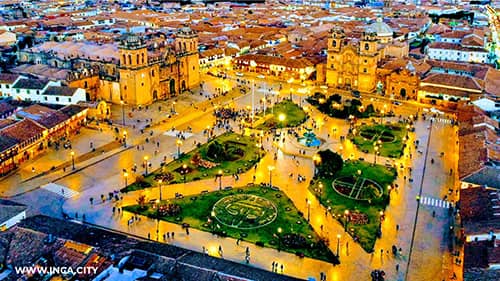
Built on an Inca wall, it is currently one of the must-see destinations for anyone who wants to learn a little more about the history of the place. And it is here that the Regional Historical Museum of Cusco works. It has thirteen rooms and two floors, which allow you to have a privileged view of the city.

The name Choquequirao means “Cradle of Gold.” Located above the raging, glacier-fed Apurimac River, surrounded by towering snow-capped peaks and seated on a high ridge, Choquequirao is a remote and rarely visited ¨Lost City of the Incas.¨ The Inca archaeological site is considered to be the sister to Machu Picchu. It is less known and less visited but three times larger than Machu Picchu. It was one of the last refuges for those Incas who continued to resist Spanish occupation after the conquest. The site was eventually abandoned and became covered by dense cloud forest vegetation and to this day archeologists continue to discover new sectors of the city..
It is advisable to prepare to have a good physique when making the walk to Choquequirao and carry little weight because the path is narrow.
Other tips that you should take into account to do the walk are:.
-
Hire a tour operator
Experts estimate that only 70% of trekkers reach successfully to Choquequirao, but your chances increase significantly if you choose the right operator..
-
Time your trip
It is possible to trek Choquequirao all year round, but some months are distinctly more comfortable than others. There are one optimum seasons for trekking to Choquequirao, from March to November..
-
Prepare for success
Although mountaineering training isn’t necessary, a reasonable level of fitness goes a long way on Choquequirao Trek. If you’re somewhat lacking in this department, you’ll want to work on your stamina in the months leading up to your trek..
-
Choose your route
There are four trekking routes to Choquequirao and further to Machu Picchu. Each one varies in terms of difficulty, traffic, and scenic beauty, and choosing the right one for you is a key part of the planning process. Timings depend on which route you choose, with hikes taking anywhere from 3 to 8 days..
-
Pack Carefully
For Choquequirao trek is important to find the balance between packing light and making sure that you have everything you need. Layers are crucial given the diversity of Choquequirao. You’ll need sun protection for the lower reaches, and warm clothes..
-
Get acclimatized
At the Choquequirao Trek the Altitude sickness is the single biggest reason for failed attempts on Choquequirao. The best way to acclimatize to the mountain’s extreme altitude is to choose a route that ascends gradually..
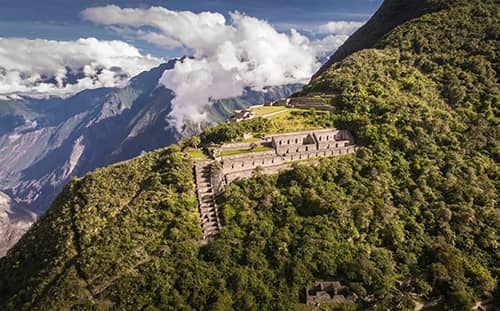
Do you want to bring memories for your friends and family? Then you should take a walk around this Market. Here you will find interesting objects from Cusco at very affordable prices. Also you can try local dishes, in the small restaurants inside. It is just a few blocks from the Plaza de Armas. Do not miss it!.
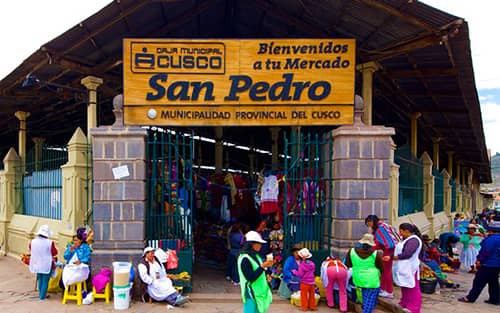
It is a stone embedded in an Inca wall, with twelve angles that fit precisely with the other rocks in its environment. The twelve-angle stone, whose name means "big stone", is considered one of the most representative figures of perfection.
For this reason that this stone has become a historical element.This stone represents the technology of the Incas and puts you in awe of their knowledge due to the construction of anti-seismic structures. In the same way, it is said that this stone represents the division of 24 families: 12 families in the Hurin Cusco and 12 families in the Hanan Cusco. Its meaning is as significant as the rosetta stone, the tomb of Tutankhamun, the Statue of Liberty, or the Eiffel Tower, among others, thanks to this everyone that visit Cusco strives to get the best photograph next to this mighty stone.
Your visit is free. It can be done at any time of the day; this Inca architectural work of art deserves your full attention.It is not allowed to touch it. You can visit it by requesting the company of a tourist guide or just by yourself. However, you will always find locals ready to help out visitors finding out more about the place.
How can I get to this enigmatic stone?
You can find the 12 angle stone in just two blocks from the fantastic Plaza de Armas. You are going along Triunfo street. To arrive at Hatun Rumiyoc street, where this large stone is located..
Characteristics:
- The stone reaches up to two meters deep and weighs six tons.
- Some architects state that, if the stone were removed, the wall of the Museum of Religious Art (the Archbishop Palace) built over the palace of Inca Sinchi Roca, would collapse.
- Diorite greenstone.

The San Blas area of Cusco is now known as the barrio de los artesanos If we were in London it would be known as quite a “hipster hangout”..
If you take any of the little streets to the north of Main Square, you´ll find yourself going up! Steps, steps, steps! But trust me it’s worth it especially if you take the ancient Incan road, Hathunrumiyoc (Quechua for “great stone street”) towards San Blas. Don’t just walk down this street though, take it in! You will be surrounded by ancient Incan history. You will see the famous 12-angled stone, set into one of the best-surviving walls in Cusco. This is definitely one of the most beautiful streets in Cusco..
you´ll have no problem making the last ascent to Plaza San Blas. You’ll then reach the tiny Iglesia San Blas famed for its intricate pulpit. The church was built in 1544 over the old Incan Temple dedicated to Illapa, the god of thunder and lightning. It is the oldest parish church in Cusco. If you’re thirsty after the walk up you´ll have a choice of bars and a plethora of cafés to pick from. Around the side of the chapel there are benches, some grass and a waterfall that make it a perfect spot to sit and people watch..
If you have the energy to keep walking up and in a westerly direction away from Plaza San Blas, up some more windy streets, round some bendy corners and obviosly more steps, you will eventually get to a large cathedral, San Cristobal. This is the cathedral you can see high above overlooking Plaza de Armas. Whether you get to it in the morning or late at night you will have one of the best free views of Cusco and the Cusco region. You’ll notice the cobble streets from Inca time similar to those on Hathunrumiyoc. But if you’re lucky enough to be there when it rains you’ll witness an Inca method of getting rid of the water from the higher land back down to the lower ground. There are small viaducts built into the cobble pathways that allow rainwater to flow downwards. An amazing ask when you think about how it was all done by hand hundreds of years ago!.
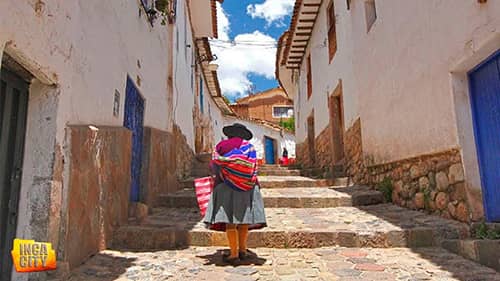
The mountain is located more than 5000 meters above sea level and 100 kilometers from the city. It is characterized by being tinted with colors such as yellow, red, green, purple and pink. This is due to the presence of a large combination of minerals in the mountain. In 2016, it became one of the most visited tourist sites in Cusco along with the Historic Sanctuary of Machu Picchu.
